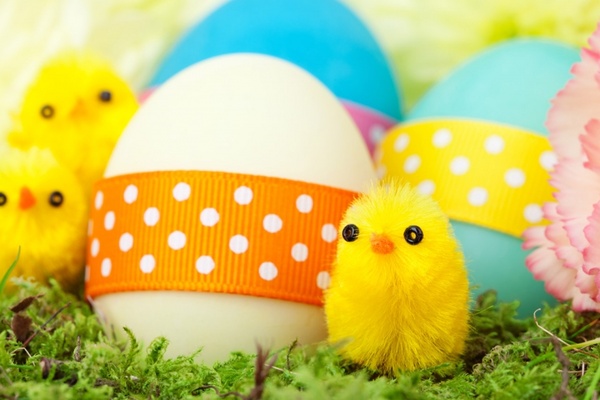
by Lorri | Mar 23, 2016 | UnCorked
Easter celebration menus range from morning brunches and lavish buffets to formal sit-down meals and even the casual “just desserts” egg hunts. Regardless of the setting there’s a wine to fit almost any way your family and friends are celebrating Easter together.
BRUNCH
The charm of an Easter brunch lies in its leisurely approach in bridging the festive activities from a late breakfast to well past lunch. If you are serving pastries and fruits, Champagne or a light white wine would be ideal, but egg casseroles, frittatas or tarts will require a more full-bodied white or rose. (Cava, California sparkling, Champagne, pinot grigio, rose, sauvignon blanc, light-bodied chardonnay.)
THE VALUE
- 2013 Sawbuck Chardonnay, California (about $12 retail)
THE SPLURGE
- 2013 Alta Maria Sauvignon Blanc, California (about $22 retail)
MULTI-COURSE MEALS
Seated lunches or dinners are generally a more intimate setting but also an opportunity to showcase several wines with your menu courses. Many will start with a light salad that could be paired with a light-bodied pinot gris. If the traditional Easter ham will be the showcase of the main course, light reds without overpowering tannins or whites without searing acidity are natural pairings for hams glazed with sweetness, spice and salt. (Pinot noir, merlot, tempranillo, beaujolais, gruner veltliner, chenin blanc, pinot gris.)
THE VALUE
- 2014 Pine Ridge Chenin Blanc, California (about $15 retail)
THE SPLURGE
- 2012 Native 9 Pinot Noir, California (about $75 retail)
BUFFET/FAMILY STYLE
Buffet style dining still offers the least amount of stress and easiest way to serve guests. And, you must admit, there’s something about the table laden with dishes that always creates a feeling of celebration. Serve a wine with the ability to stand up to the assortment of textures and tastes. (Rose, merlot, pinot noir, gewurztraminer, riesling.)
THE VALUE
- 2014 Montes Classic Merlot, Chile (about $13 retail)
THE SPLURGE
- 2014 Trimbach Gewurztraminer, France (about $30 retail)
JUST DESSERTS
Compared to all entertaining options for Easter, simply having family and friends in your home for just the celebration of the traditional Easter egg hunt is the most personal and casual of options. This menu selection is simple and the focus is mainly on just a few desserts and a versatile wine pairing. Of course, even chocolate bunnies and marshmallow chicks have a wine pairing. But for those looking for a more refined chocolate match, keep in mind lighter chocolates pair best with light-bodied wines while full-bodied wines are best with robust darker chocolates. For example, the delicate moscato d’Asti competes perfectly with the mellow butter flavors in many white chocolates, while cabernet sauvignon blends to perfection with full-bodied dark chocolate. (Moscato d’Asti, cabernet sauvignon, merlot, port.)
THE VALUE
- 2015 Jacobs Creek Moscato, Australia (about $11 retail)
THE SPLURGE
- 2015 Marco Negri Moscato d’Asti, Italy (about $20 retail)

by Lorri | Mar 16, 2016 | UnCorked
Uncorked readers have questions.
I have answers.
My wife and I are collecting wine labels from wines we enjoy but also those with uniqueness. What is the best way to save the labels without damaging them?
The easiest and most foolproof method is to take a digital photo with your phone or a camera. But if you want to save the actual label, the process is a bit more complex. The first method is to soak the bottle in hot water with a bit of chlorinated soap for about 15 minutes. Chlorinated soap is available at winemaking-supply stores, and if the instructions on the package are followed, it will help to dissolve the glue. Then gently remove the label. For those difficult labels that soaking in hot water won’t budge, use heat. Heat an oven to 300 to 350 degrees. Then turn it off. Place the empty bottle on its side inside the oven for a few minutes until it gets hot. Using oven mitts, remove the bottle and lift a corner of the label with a knife and it should peel right off.
In what countries can we find some of the best values in wines?
There are many values to be had around the world, but Chile, Argentina and New Zealand continue to top the list. From Chile look for world-class sauvignon blanc and ripe-berry-rich cabernet sauvignon. Argentina continues to offer value especially with spicy full-bodied malbec. And New Zealand has near perfect growing conditions for sauvignon blanc.
I had this [fill in the blank] wine last night at dinner; what do you think about it?
Probably one of my most asked questions is what do I think of a wine someone just enjoyed. The simple answer is it really doesn’t matter what I think if you enjoyed it. So many wine experts create a pretentious haze about wine, but when it comes down to it wine enjoyment is all about taste and preference.
We were dining at a popular restaurant recently and were shocked by the wine service. The waiter was rude and didn’t follow service rules. What should we have done?
I understand the frustration when you are splurging not only for dinner but for the bottle of wine and leave disappointed. The keys to rating service are: the helpfulness of your server in selecting a bottle, the opening and presentation to the guests (make sure the wine is what you ordered), a small taste to be sure the wine is clean, and pour. If you feel these key elements were missing I would wait until the next day to call and ask for management and express concerns.
Keep in mind, too, that it could have just been a bad night/day for that person and your next experience will be perfection.
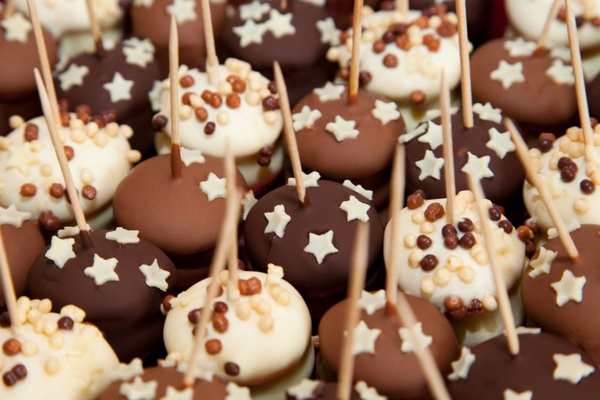
by Lorri | Mar 9, 2016 | UnCorked
Many of us end dinner with a cup of coffee with dessert without ever considering the option of wine. The truth is, a glass of dessert wine can make dessert the unsurpassed course of the meal.
But wine doesn’t have to be part of the dessert course; it can be the dessert.
With just a few pointers, understanding dessert wines is relatively easy. There are five major types.
BOTRYTIS WINES
The sweetness from these wines comes from the grapes being infected with a mold known as botrytis. It dehydrates the grapes, concentrating their natural sugars. Botrytis wines include sauternes, vouvray and Tokaji.
ICE WINES
These wines get their unique sweetness from grapes that have frozen on the vine. The water freezes but sugars and other solids don’t, leaving a spectacularly sweet wine when the grapes are pressed. Germany and Canada produce exceptional ice wines.
LATE HARVEST WINES
The grapes used for these wines are simply picked later than most, allowing for the sugar levels to rise, making the grapes overripe, resulting in the juice being sweeter than regularly harvested wines. Quality late-harvest wines are being produced in California, Washington state, Australia and New Zealand.
FORTIFIED WINES
Fortified wines’ sweetness comes about by fortifying the juice with alcohol during fermentation before all of the natural sugar is fermented (consumed) by the yeast. The most well-known fortified wines are port and madeira.
GRAPES THAT ARE DRIED
These grapes are left to dry after harvest to turn into raisins. Some countries leave them on the vine while others place them on large concrete slabs in the baking hot sun. Because of this technique, the grape essentially loses its water content, making the ending juice sweet. Examples include Italy’s Vin Santo and Amarone.
So, as the dessert menu is passed or you’re finishing up your dinner party, you may simply bypass the pastry, chocolate or pie and opt for the delectable sweetness of a wine for dessert.
THE VALUE
- 2011 La Playa Late Harvest Sauvignon Blanc, Chile (about $15 retail — 375 mL)
THE SPLURGE
- 2010 Zonin Amarone, Italy (about $54 retail)
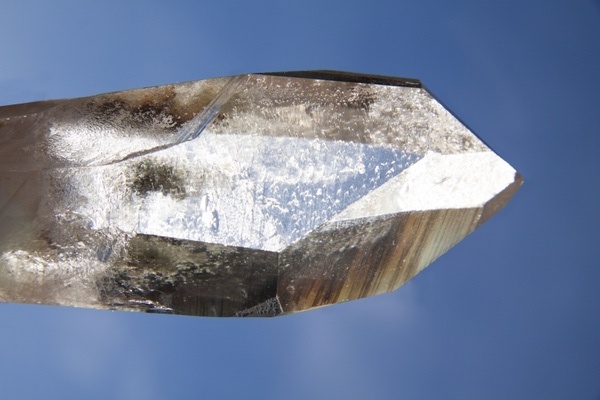
by Lorri | Mar 2, 2016 | UnCorked
Judging the quality of a wine is essential to its enjoyment, and the understanding starts with a simple question you can ask yourself when smelling your glass. Does this wine smell clean?
Many years ago a poor quality, unclean wine was more common. The reasons varied: it could be from an unruly yeast strain; the winery having no control of temperatures during fermentation; unsanitized cellars teeming with bacteria (this list can go on and on). But with today’s technology and winemaking expertise it is rare to find a wine fault occurring specifically from the winery.
But faults do occur. Here’s how to identify some of the most common.
Corked wine: Of the many faults that occur, a tainted cork is one of the most likely. A corked wine, or cork taint as the flaw is also called, is one of the most obvious defects to detect. The wine will have a musty odor similar to a moldy, damp basement, wet cardboard and newspapers, or even a stinky sweaty locker room. Cork taint is one of the most common wine faults and is thought to affect up to 10 percent of all wines bottled in the world. It is caused by a cork infected with a fungus producing 2,4,6-trichloroanisole (the technical term) but generally referred to as TCA. When this chemical comes in contact with a wine it imparts a musty and moldy odor. Research suggests there may be a connection between the process of chlorine bleaching the corks and the development of the fungus.
The frequency of cork taint led many producers to seek alternate closures such as screw caps and synthetic corks. If you don’t have a cork you can’t have cork taint.
Brettanomyces: This long-winded word is also known as “brett.” It’s simply a yeast. It is controversial in some circles to call it a wine flaw, because in some cases it is winemaker’s intention. In small amounts it can add a complexity to wines, but if too much is present, it can make a wine smell horrible. It can be found in white wines but generally it is more of an issue for reds. Unpleasant smells caused by brett include a sweaty saddle, a stable, barnyard, Band-Aids, a horse and, at low levels, it can be spice, cloves, smoke or leather. The most common way of removing the yeast is to use sulfur dioxide.
Sulfur dioxide: There’s no mistaking this fault, as it is best described as the smell of a recently struck match. Sulfur dioxide is a winemakers’ antiseptic and is used in almost all winemaking. But when too much is used, the result is a fault. It is common in inexpensive, sweet and semi-sweet wines because the addition is higher in an attempt to stop the wine from re-fermenting. It was a very noticeable fault many years ago in inexpensive German wines. Today the industry is using much less sulfur and this fault is rare.
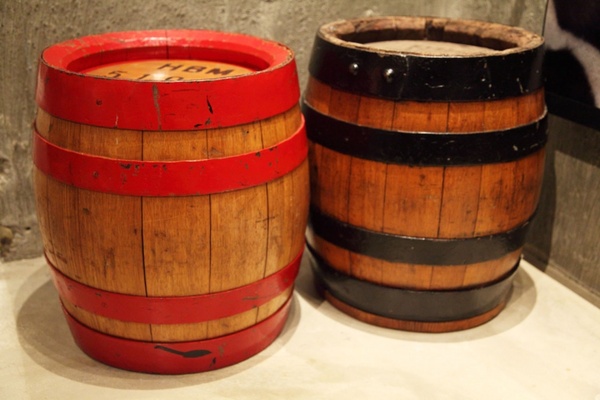
by Lorri | Feb 24, 2016 | UnCorked
It happens a lot. I am asked to help someone find a wine style they enjoy. Most frequently it’s a chardonnay they had once. They usually start by saying it tasted different from other chardonnays, “It wasn’t sweet, tangy or oaky. It was almost creamy and buttery.”
Most are describing the aromas and tastes of a wine that has undergone malolactic fermentation. To understand malolactic fermentation, it’s best to start at the beginning. The winemaking process begins with converting sugar to alcohol with the help of yeast. Eventually there is no more sugar for the yeast to feed upon, at which point malolactic fermentation begins.
For centuries it was regarded as one of wine’s mysteries. Cellar masters noticed that their wines changed after the initial fermentation into smoother, more full-bodied, supple styles. For a long time, the reason for this transformation remained a mystery and most winemakers assumed there was simply no way to control it.
In the mid-20th century however, Frenchman Pascal Ribereau-Gayon discovered the transformation was the result of a culture of lactic acid bacteria. Basically during this mysterious time the wines were naturally converting their lactic acid (harsh green apple acids) to malic acid (soft milk acids).
However, malolactic fermentation isn’t desirable in every wine. While its true red wines will almost always undergo the process, adding smoothness and complexity, Sauvignon blanc, with its natural fresh, zippy taste, would lose its appeal if it were to become a soft, full-bodied wine. It’s simply not the flavor profile of the grape.
Chardonnay, on the other hand, is a different grape that loves the added complexity of “malo.” These are the wines often described as having aromas of butter, butterscotch, milk, caramel, nuts and vanilla.
THE VALUE
- 2014 Bogle Vineyards Chardonnay, California (about $14 retail)
THE SPLURGE
- 2014 Matchbook Chardonnay, California (about $15 retail)
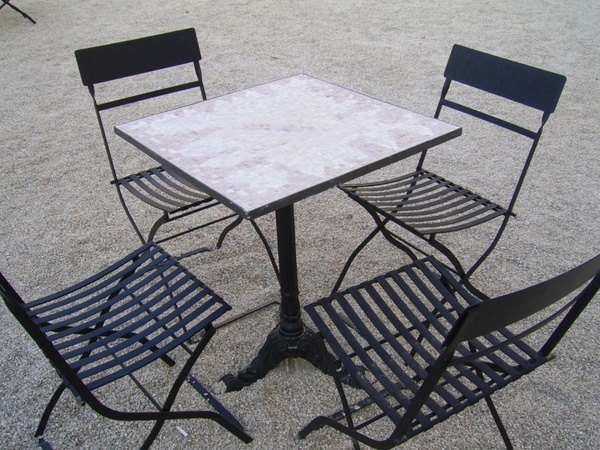
by Lorri | Feb 17, 2016 | UnCorked
It’s stressful enough for many of us to come up with the perfect toast at a dinner party.
But I think it’s even more important to avoid the dreaded silences that come with the ebbs in conversation. If you’ve had dinner with me you know I am not one for comfortable silence.
Here are a few wine stories to impress your friends and family and keep the conversation (and wine) flowing at the table.
There’s the ancient Latin phrase in vino veritas, “in wine there is truth.” But it’s always that small step beyond the truth that makes for the best wine legend.
Saying “Cheers!” as we clink glasses with our friends and family was a ritual started in the Middle Ages. Poisoning was considered the normal way of dismissing an enemy and to ensure glasses were poison-free, those at the table would first pour a small amount of wine from their glass into the other glasses at the table. If there were poison in one it would now be in all. Another version says the practice of clinking glasses is to dispel evil spirits in the room. Eventually, the custom transformed to what it is today, a wish of good health and fellowship.
Women have been at the center of the world’s wine legends from almost the beginning. One legend credits a woman with discovering wine. According to lore, the woman suffered from severe migraines. She lived in a harem in the palace of King Jamshid in Persia. One day as she was in severe pain she noticed a spoiled jar of grapes in the process of foaming and fermenting. Her thought was it was poison and she would drink the entire jar. Instead of ending her life she discovered the elixir had miraculously cured her headache. And, again as the story and legend go, the king ordered wine to be served at all royal functions in the future.
And then there’s this famous quotation from Benjamin Franklin. It should be noted that this quotation is often incorrectly attributed to being about beer, but in fact Franklin was writing about rain and wine.
“We hear of the conversion of water into wine at the marriage in Cana as of a miracle. But this conversion is, through the goodness of God, made every day before our eyes. Behold the rain which descends from heaven upon our vineyards, and which incorporates itself with the grapes, to be changed into wine; a constant proof that God loves us, and loves to see us happy.”
Short version: “Wine is living proof that God loves us and wants us to be happy.”
Cheers to that.





